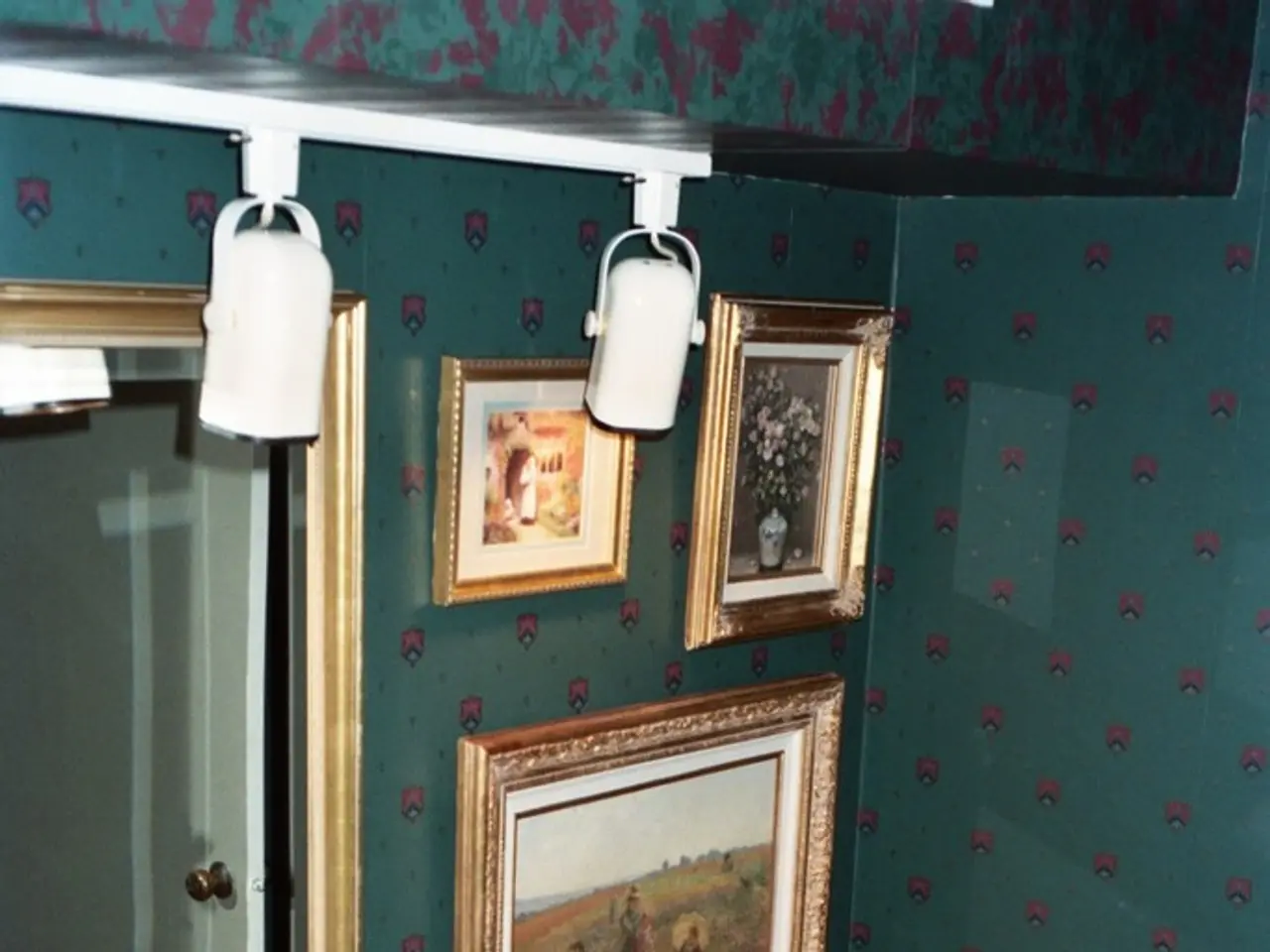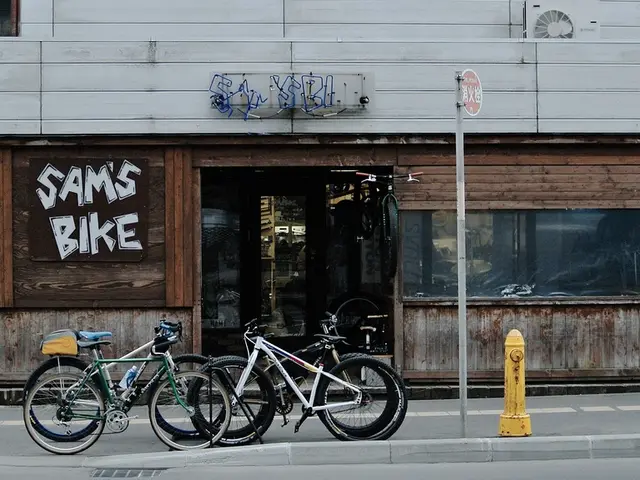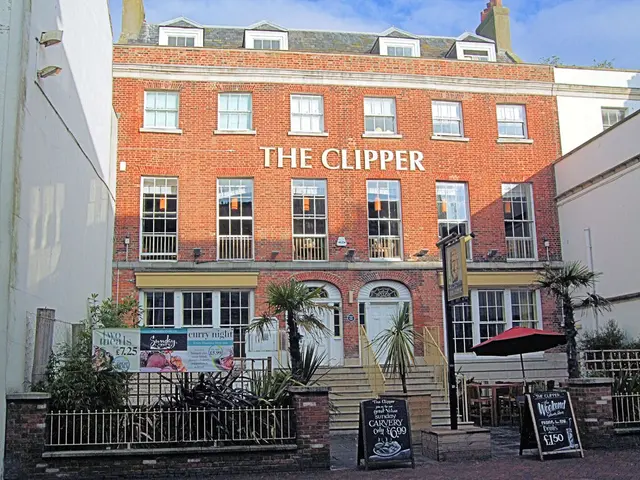Exploring Various Opportunities for Bathroom Renovations
When it comes to renovating your bathroom, there are various options to choose from, each with its unique characteristics, advantages, and considerations. Here's a breakdown of the most common types of bathroom renovations:
1. Custom Bathroom Remodeling
A custom bathroom remodel is a comprehensive renovation that balances style, functionality, and comfort. This type of project involves detailed site evaluation, pre-construction planning, permits, and coordination with specialized trades.
Advantages: Fully personalized design to suit homeowner preferences, high-quality craftsmanship with expert tile work, waterproofing, and luxury fixtures, and professional management to stay on schedule and budget.
Considerations: Requires comprehensive planning and higher investment, disruption during longer construction phase, and needs professional contractor expertise to ensure quality and compliance.
2. Wet Area Remodeling
Wet area remodeling focuses on key wet zones like the tub, shower, and surrounding surfaces. Typical projects include tub-to-shower conversions, waterproofing upgrades, and installation of durable wall surrounds.
Advantages: Faster and more cost-effective than full renovation, improves functionality and cleanliness, ideal for updating outdated or damaged wet areas without overhauling the entire bathroom.
Considerations: Limited scope may not address other outdated or mismatched bathroom elements, waterproofing must be done properly to prevent mold and structural damage, and suitable when a full remodel is not needed.
3. Eco-Friendly or Green Bathroom Renovations
Eco-friendly bathroom renovations incorporate low-flow faucets, showerheads, toilets, and other water-saving fixtures. They may also include energy-efficient lighting and sustainable materials.
Advantages: Reduces water and energy consumption, lowering utility costs, modern and sustainable, and can be combined with luxury elements like waterfall showerheads or body sprayers.
Considerations: Initial cost may be higher for specialized fixtures, requires understanding of sustainable products and potential need for updated plumbing systems.
4. Luxury and Tech-Enhanced Renovations
Luxury and tech-enhanced renovations integrate smart technology such as digital showers, touchless taps, smart mirrors, voice-activated controls, heated floors, and towel warmers. They also use bold tiles, unique textures, and invisible drains to create a modern aesthetic.
Advantages: Enhances comfort and convenience, customizable lighting and temperature, adds sophistication and potential resale value, and energy-saving features may reduce long-term costs.
Considerations: Higher upfront costs, requires specialized installation and maintenance, and technology may become outdated or require updates over time.
5. Partial or Targeted Updates
Partial or targeted updates involve smaller-scale renovations like replacing flooring, changing countertops, updating fixtures, or adding storage solutions without fully rebuilding the bathroom.
Advantages: Lower cost and time investment, minimizes disruption, and can refresh the bathroom’s look and improve functionality efficiently.
Considerations: May not resolve underlying issues such as poor layout or plumbing problems, and limited impact on overall bathroom style or value.
6. Spatial Reconfiguration
Spatial reconfiguration involves changing the layout within the existing bathroom footprint or enlarging the space by moving walls, adding toilet alcoves, or integrating built-in storage.
Advantages: Optimizes space use and privacy, improves flow and user experience, adds storage without crowding.
Considerations: Requires structural changes and permits, more disruptive and costly than cosmetic updates, and careful planning needed to maintain ventilation and lighting.
When choosing a bathroom renovation type, key considerations include budget, timeline, desired level of customization, existing bathroom condition, and long-term goals like sustainability or luxury. Professional involvement ensures code compliance, proper waterproofing, and high-quality outcomes especially for full or custom remodels. Partial or wet area updates can provide practical refreshes with less cost and downtime.
[1]: Council approval is necessary when the work involves changing the walls, floors, or ceilings. [2]: Bathroom renovations offer a range of options beyond full or partial remodeling. [3]: A cosmetic refresh and refinish is a more affordable option with a shorter timeline and lower labor cost. [4]: Smart swaps involve replacing features like the toilet and bidet, vanity, and lighting system to boost bathroom efficiency and enhance user experience. [5]: Switching to high-toilet seats or installing a toilet lift are ways to renovate a bathroom for aging needs. Rethinking the floor plan involves reconfiguring the bathroom layout to improve cramped or inefficient areas, add more storage solutions, and improve zoning to ensure dry areas stay dry. At some point in your life, you may need to change your bathroom to accommodate aging needs, such as replacing a shower to make it more accessible with grab bars and non-slip flooring.
- An interior designer could be instrumental in blending inspiration from art and lifestyle magazines to create an exquisite and personalized home-and-garden aesthetic, extending it to the bathroom space, even during a custom remodel.
- Incorporating eco-friendly elements such as energy-efficient lighting, low-flow fixtures, and sustainable materials into the interior design of a bathroom renovation not only enhances its appearance but also reflects a commitment to a sustainable lifestyle.
- After a bathroom renovation, one could consider enhancing the living experience by integrating smart technology like digital showers or voice-controlled lighting into the home-and-garden lifestyle, turning the bathroom into a sanctuary of comfort and convenience.




